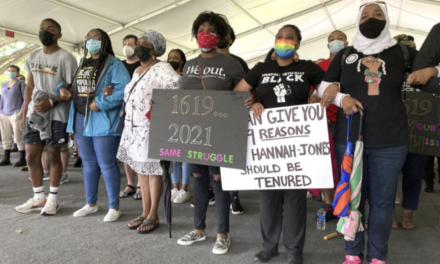
The Winters Group is currently working with two global clients on the topic of workplace bullying. I must say that I was really surprised when these two very different organizations came to us to ask us to partner with them in the design and delivery of training on bullying. Not that I don’t believe that workplace bullying occurs, it was that the behaviors that were described, either did not really sound like bullying to me or they were so egregious that I could not believe the perpetrator would still have a job.
As we explored the concerns more fully with both clients, it become apparent that there may be some different cultural interpretations of the behaviors.
I like this definition of culture: The behavioral interpretation of how a culture lives out its values. The two key words are “behavioral interpretation.”
So let’s take a few behaviors that might be interpreted differently in different cultures.
Loud, direct comments with lots of emotional expression: This behavior is interpreted by some cultures as yelling and bullying. Other cultures may see it as normal way to express the urgency of the directive. Individuals from cultures that are less emotionally expressive may be offended by behaviors with display a great deal of emotion. Additionally cultures that are more indirect in their communication style may find the direct approach to be intimidating.
The manager disallows any vacations in July because it is the busy time for the team: Individuals from cultures that are rule oriented may think it is the manager’s prerogative to establish such a guideline. Those who are more relationship oriented may take issue and feel that there are particular situations that one cannot anticipate, which would make such a rule inappropriate. Also cultures that value quality of life over achievement may also find such a mandate to border on harassment.
The manager is constantly checking the work of the subordinate: In low power distance cultures this behavior could be considered micro-management at its best and bullying at its worst. In high power distance cultures, employees may expect that the boss has the right to manage any way he or she sees fit.
Bullying is a very serious offense and I don’t want to minimize the impact of bullying or suggest that individuals should be allowed to rationalize such behavior with “my culture made me do it”. The definition of bullying is: “Persistent, offensive, abusive, intimidating or insulting behaviour, abuse of power or unfair penal sanctions which makes the recipient feel upset, threatened, humiliated or vulnerable, which undermines their self-confidence and which may cause them to suffer stress.” (Source: UK National Workplace Bullying Online Website) Examples include:
- Unwarranted or invalid criticism-old mistakes mentioned a lot
- Blame without factual justification
- Being treated differently than the rest of your work group
- Being sworn at
- Exclusion or social isolation
- Being shouted at or being humiliated
- Excessive monitoring or micro-managing
- Being given work unrealistic deadlines
- Gossip
- Work sabotage
Such behavior is not appropriate in any cultural context but the interpretations may vary across cultural lines.
What is the Inclusion Solution?
The inclusion solution is for organizations to be very specific about acceptable and unacceptable behaviors. For example, respect is not a specific behavior. It is a value. The actions that constitute respect such as “no yelling” should be made clear. Awareness of cultural differences is important and then establish norms for the group which will likely call for the need for some individuals to adapt their natural culturally determined style. It is key to distinguish intent versus impact. Even though the behavior was not intended to intimidate or harass or bully, it may have had that impact on the recipient. Both parties should share the responsibility for addressing unwanted behaviors and to first assume positive intent.


















